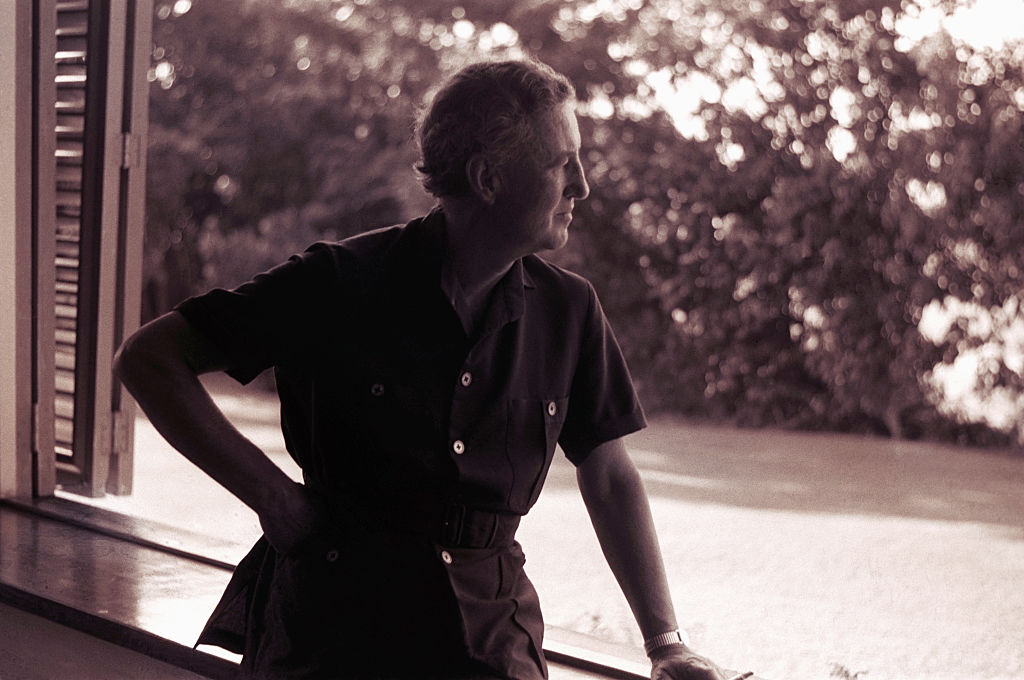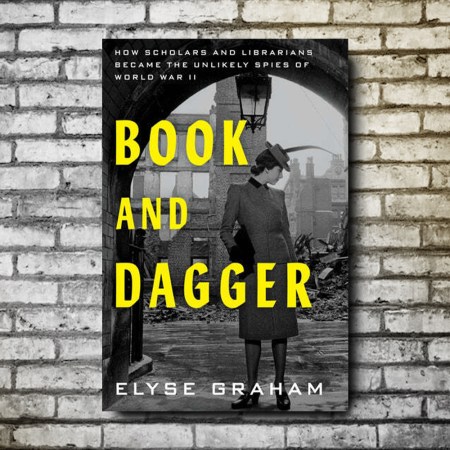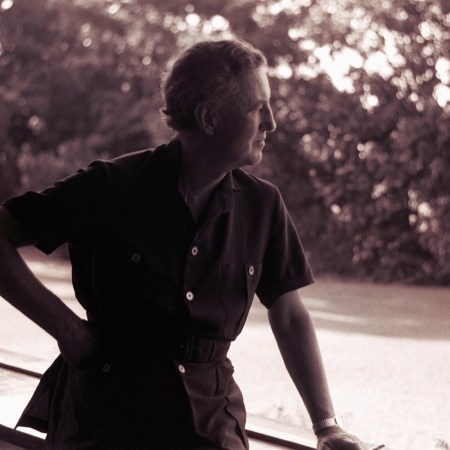What do you think of when you imagine military intelligence organizations? Espionage, clearly — the kind of missions that take place in great secrecy with shadowy figures rushing to carry out desperate missions. The history of MI9 only spans six years total, but the impact it made on World War II and subsequent history can’t be understated. And a recent article by Stephanie Graves at CrimeReads explores a particular facet of MI9’s work: encouraging prison breaks.
As Graves points out, the head of MI9 — one Norman Crockatt — drew inspiration from some World War I-era techniques, where soldiers would escape from POW camps and take valuable information about their opponents with them. In World War II, around 35,000 Allied soldiers escaped from Axis POW camps. Without MI9’s assistace, Graves writes, that number would have been far lower.
Of particular interest here is the overall name of the divisions tasked with coming up with tools, codes and devices that would be relevant to getting captured soldiers out of the hands of their enemy. (Soldiers in POW camps could receive gifts from back home, which was quite useful here.) The collective name for the sections involved was Q.
Given that James Bond creator Ian Fleming’s own work during World War II involved recruiting people to join MI9, it’s not hard to see how he came up with the name for another of his enduring characters. It’s a place where the history of actual espionage and fictional espionage converge.
Thanks for reading InsideHook. Sign up for our daily newsletter and be in the know.


















